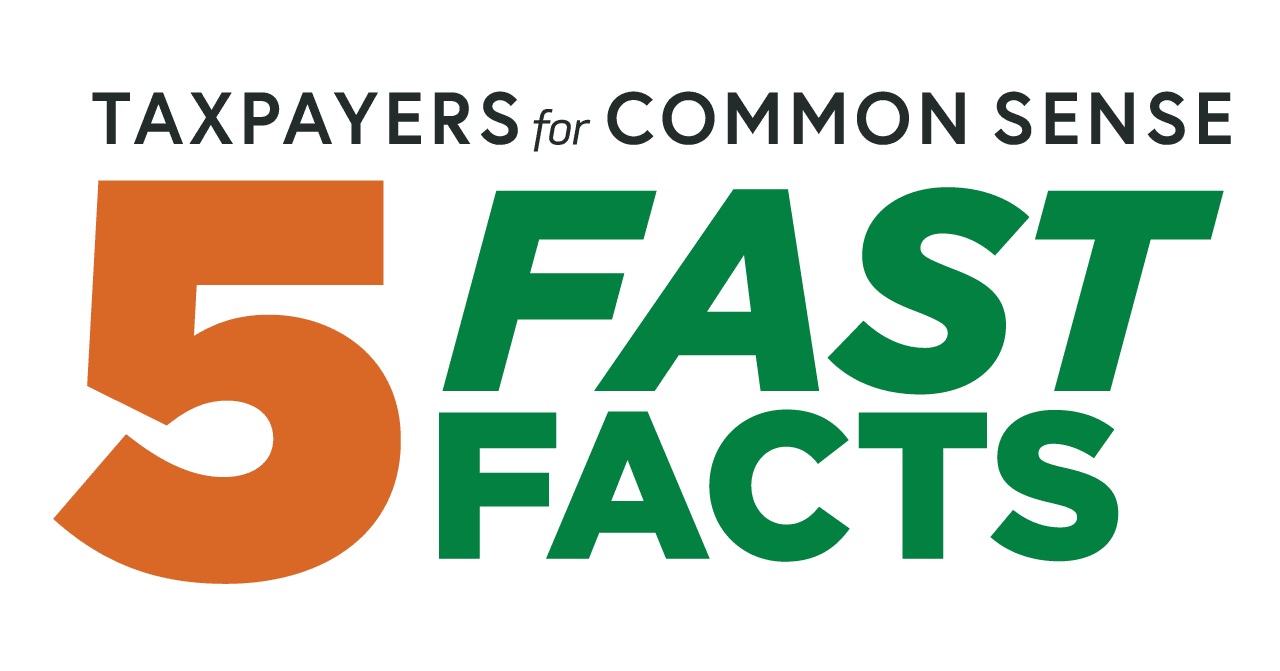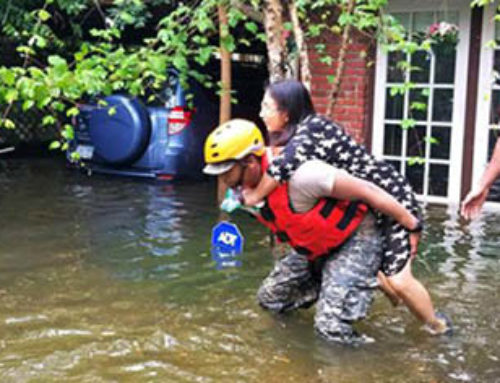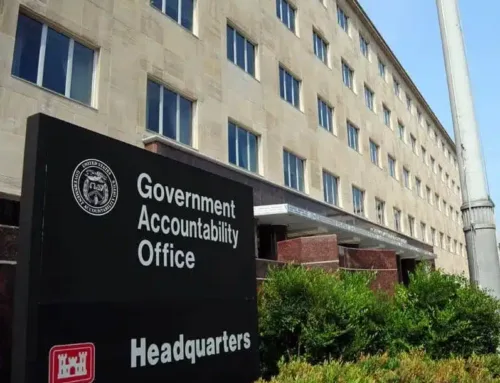about the
National Flood Insurance Program
- THE NATIONAL FLOOD INSURANCE PROGRAM (NFIP) IS THE PRIMARY SOURCE OF FLOOD INSURANCE IN THE U.S. AND WILL LIKELY REMAIN SO.
In over 23,000 communities nationwide, nearly 5 million NFIP insurance policies provide coverage that extends beyond traditional home insurance. In 2023, FEMA estimated the NFIP offered more than $2.5 trillion in total coverage. The NFIP is likely to maintain “market” dominance because it charges below-market rates. With rising seas and more frequent natural disasters, flooding has become an imminent threat to coastal communities. Most private insurance are not willing to offer flood insurance policies because of the high financial risk in regions like Southeast Florida and along the California coastline. Additionally, private, market-rate insurance cannot compete with government-subsidized, below-market-rate insurance.
- THE NFIP LOSES MONEY VIRTUALLY EVERY YEAR DUE TO PAYOUTS EXCEEDING REVENUE FROM PREMIUMS.
As of 2024, the NFIP has “borrowed” over $43 billion from the U.S. Treasury and currently holds a cumulative debt of just over $20 billion. Repeated intense storms have placed a growing financial burden on the NFIP. In 2017, policymakers forgave $16 billion in the NFIP’s debt, but as the Government Accountability Office (GAO) reported in its 2023 list of “High Risk” federal programs, “without reforms, the NFIP’s financial condition will likely continue to worsen.” Unless reauthorized by December 20, 2024, the NFIP’s borrowing authority will be reduced from more than $30 billion to just $1 billion.
- NFIP SUBSIDIES ENCOURAGE HOMEOWNERS TO BUILD AND LIVE IN FLOODPLAINS, WHERE NATURAL DISASTERS ARE COMMON.
By offering insurance policies with premiums that do fully reflect flood risks, the NFIP subsidizes the costs of risky development and allows homeowners to build and re-build in floodplains where natural disasters are common. These subsidies act as artificial caps that hide the true risk to homeowners who repeatedly rebuild on floodplains after disasters. Repetitive loss properties – properties that have had two or more claims of $1,000 over ten years – represent only one percent of the total number of policies, yet account for 25 to 30 percent of the cost of claims.
- OVER 78 PERCENT OF SUBSIDIZED PROPERTIES IN NFIP ARE IN COUNTIES WITH THE HIGHEST HOME VALUES.
According to a 2023 GAO report, the NFIP has significant cross-subsidies, with over 78 percent of subsidized properties located in counties with the highest home values, while only five percent are in counties with the lowest home values. The NFIP primarily benefits higher-value properties rather than financially distressed individuals. FEMA can improve uptake in lower-income communities by updating rates to increase financial solvency and better serve vulnerable populations.
- FLOOD MAPS HAVE LONG UNDERESTIMATED RISK IN VULNERABLE AREAS
FEMA developed a new risk rating system, sometimes referred to as Risk Rating 2.0, to incorporate more accurate data and flood variables to determine actual risk to properties. While this is a step in the right direction, gaps remain in FEMA’s assessments. For instance, flooding during Hurricane Helene in Asheville, North Carolina, impacted areas not recognized by FEMA as at risk but documented by other risk assessments, such as the First Street Foundation’s Flood Factor. Expanding and updating risk assessments will improve FEMA’s data quality and support better decision-making by assessors and homeowners.











Get Social